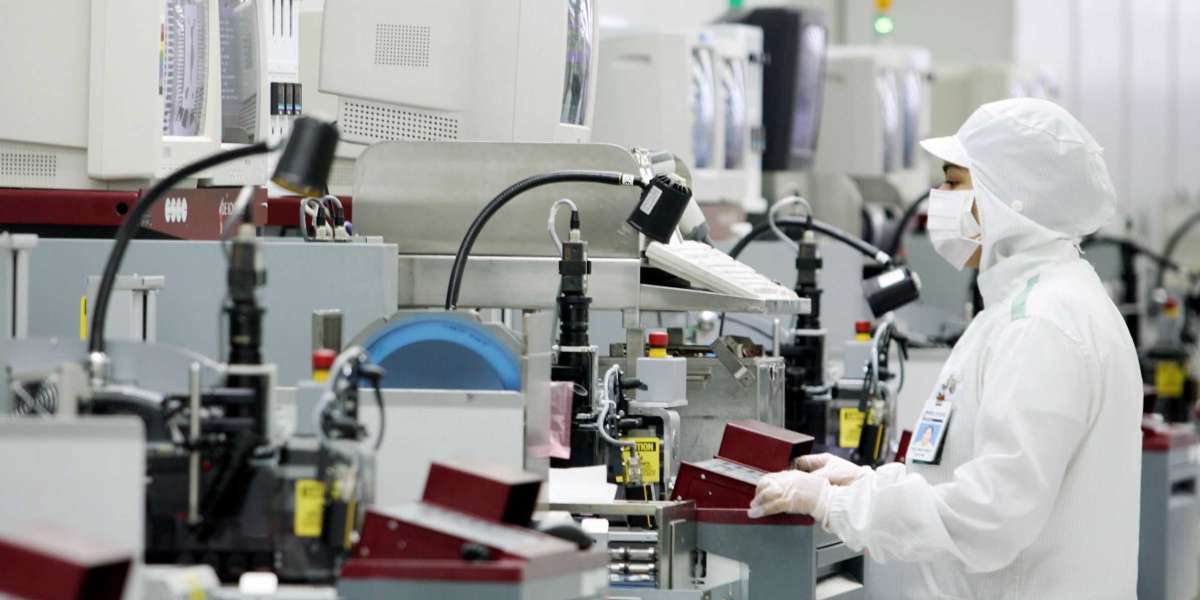The city of Austin, Texas, has long been recognized as a thriving hub for technology and innovation. Over the years, it has transformed into a hotbed for the semiconductor and industry, attracting top companies and professionals from around the world. We will delve into the rise of the semiconductor industry in Austin, exploring the factors that have contributed to its success and discussing its impact on the local economy and beyond.
The Emergence of Austin as a Semiconductor Center:
- The Early Years
The roots of Austin's Semiconductor Industry can be traced back to the early 1960s when the city became home to the first microelectronics research laboratory in Texas. The University of Texas at Austin played a significant role in fostering the growth of this industry, providing a skilled workforce and collaborating with industry leaders to drive innovation.
- Attraction of Major Semiconductor Companies
In the 1980s, Austin started to gain attention as a favorable location for semiconductor companies. The city's favorable business climate, affordable cost of living, and proximity to the university created an ideal environment for growth. Major players such as IBM, Motorola, and Advanced Micro Devices (AMD) set up operations in Austin, establishing a strong foundation for the industry's expansion.
- The Silicon Hills
With the influx of semiconductor companies, Austin earned the moniker "Silicon Hills," a nod to the region's hilly terrain and the concentration of technology firms. The term reflected the city's transformation into a bustling technological powerhouse, rivaling traditional tech hubs like Silicon Valley.
Factors Driving Austin's Semiconductor Success:
- Skilled Workforce and Educational Institutions
Austin's success in the semiconductor industry can be attributed, in part, to the presence of renowned educational institutions. The University of Texas at Austin, along with other local colleges and universities, produces a steady stream of skilled graduates in electrical engineering, computer science, and related fields. This talent pool feeds directly into the semiconductor industry, fueling innovation and growth.
- Collaborative Ecosystem
Austin fosters a collaborative ecosystem that encourages knowledge-sharing and partnerships. The presence of research institutions, industry associations, and startup incubators allows for the exchange of ideas and expertise, facilitating innovation. This vibrant ecosystem has attracted semiconductor companies and entrepreneurs alike, further propelling the industry's development.
- Government Support and Incentives
The local and state governments have played a pivotal role in supporting the growth of the semiconductor industry in Austin. They have implemented policies and offered incentives to attract companies, such as tax breaks, grants, and infrastructure development. This support has not only enticed established players but has also encouraged startups to establish themselves in the city, fostering a dynamic and diverse semiconductor landscape.
The Impact on Austin's Economy:
- Job Creation and Economic Growth
The semiconductor and industry have been a major driver of job creation in Austin. The establishment of semiconductor companies and the growth of associated industries have led to the creation of numerous high-paying jobs, attracting professionals from various backgrounds. This influx of skilled workers has bolstered the local economy, driving up wages and contributing to overall economic growth.
- Diversification and Resilience
The semiconductor industry has brought diversification to Austin's economy, reducing its dependence on traditional sectors such as oil and gas. This diversification has proven invaluable, especially during times of economic downturn. The presence of a robust semiconductor industry has helped cushion the city against economic shocks, ensuring a more resilient and stable economy.
- Ripple Effects on Other Sectors
The growth of the semiconductor in Austin has had a ripple effect on other sectors. As semiconductor companies expand, they require various goods and services, leading to increased demand in areas such as construction, real estate, hospitality, and retail. Additionally, the presence of a thriving technology ecosystem has attracted companies from related industries, further fueling economic activity and job creation.
Challenges and Future Outlook:
- Talent Competition and Retention
As the semiconductor industry in Austin continues to flourish, the demand for skilled professionals has intensified. This has led to increased competition among companies for top talent, making talent recruitment and retention crucial challenges. To address this, industry leaders are collaborating with educational institutions and implementing programs to develop and retain a skilled workforce.
- Infrastructure Development
The rapid growth of the semiconductor industry has put a strain on Austin's infrastructure. Transportation, housing, and utilities have faced challenges in keeping pace with the industry's expansion. However, the local and state governments have recognized this issue and are investing in infrastructure development to support the industry's growth.
- Future Prospects
Looking ahead, the future of the Semiconductor Electronics Industry in Austin appears promising. The increasing demand for semiconductors in various applications, including artificial intelligence, the Internet of Things (IoT), and autonomous vehicles, presents significant opportunities for growth. With its strong ecosystem, talented workforce, and supportive government policies, Austin is well-positioned to continue its ascent as a global semiconductor powerhouse.
Conclusion:
The semiconductor industry in Austin has emerged as a formidable force, driving economic growth, job creation, and technological innovation. With its skilled workforce, collaborative ecosystem, and government support, the city has attracted major semiconductor companies and nurtured a thriving technological hub. As the industry continues to evolve and expand, Austin's reputation as a semiconductor center is expected to strengthen, ensuring a bright future for both the city and the industry semiconductor as a whole.







